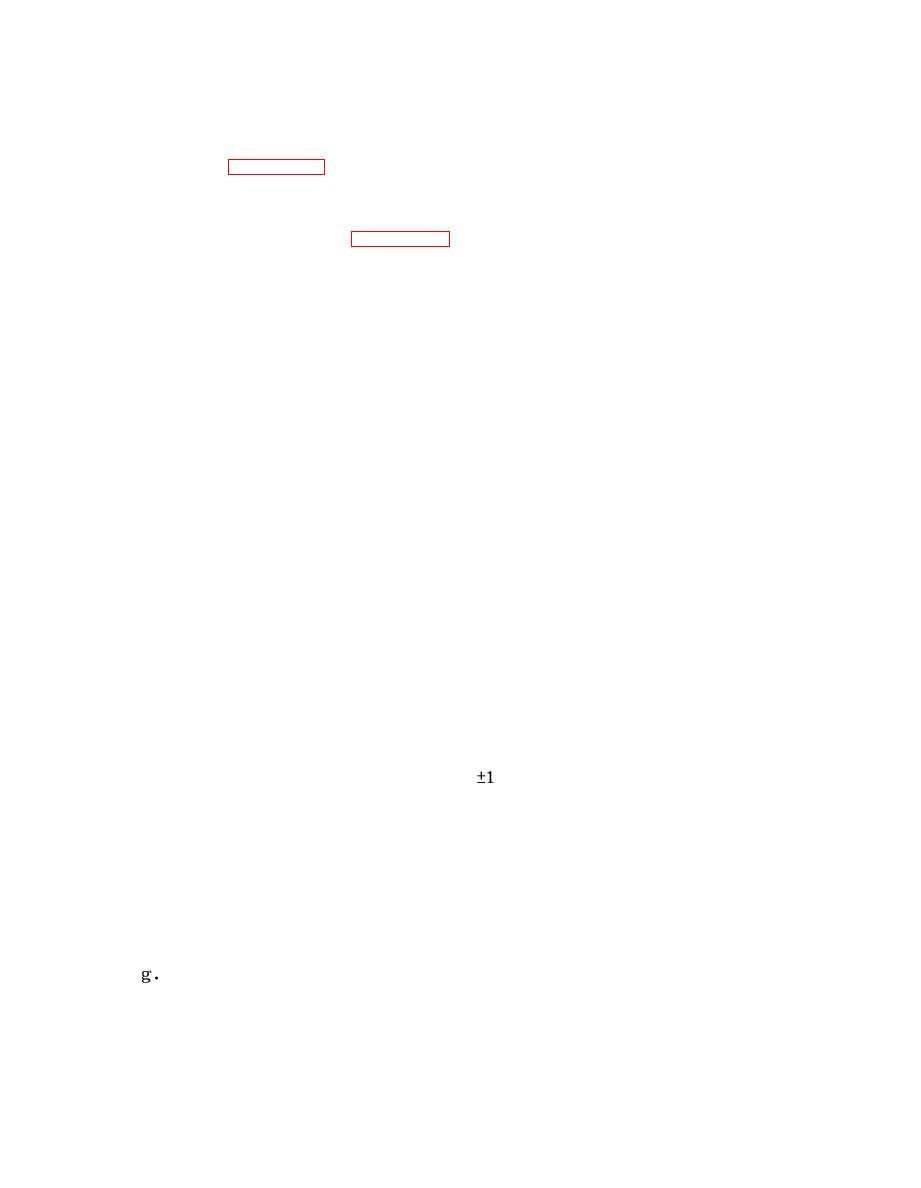 |
|||
|
|
|||
|
|
|||
| ||||||||||
|
|  TM 11-5820-917-13
signal time delay (ionospheric mode structure) versus the CRT horizontal axis of
radio frequency; 2-16 or 2-30 MHz. The result is a display of propagating modes
versus frequency, referred to as a Chirp sounder record (or ionospheric sounding)
as shown in figure 1-2. In addition, as radio energy at various levels is received,
the receiver gain is automatically adjusted to provide a constant level output to the
spectrum analyzer. The automatic gain control (AGC) voltage versus radio frequency
provides a measure of received signal strength vs frequency which is also displayed
on the CRT (refer to top of figure 1-2) . Thus, the receiver operating at one end
of a radio circuit in association with a transmitter at the other end of the circuit
provides a real-time measurement of propagation conditions on the circuit. The re-
ceiver is designed to be synchronized with up to three different TCS-4B transmitters
and can receive transmissions from one of the three transmitters every five minutes.
The latest Chirpsounder record for each of the three circuits is stored in memory
within the receiver and can be displayed at any time upon operator command.
1-5. The RCS-4B receiver consists of three units. Unit 1, the 6025 control display
unit contains the internal clock and control circuits of the receiver, the spectrum
analysis, and CRT display. Unit 2, the 4028 HF receiver, contains the radio receiver,
sweeping frequency synthesizer and power supply. Unit 3, the 6043 power divider,
contains three, 4-way power dividers that allow the RCS-4B to share up to three
antennas (one for each path) with other HF receiving equipment, for example, an
RSS-4 Spectrum Monitor and two HF communications receivers. Each of the three
power dividers has one input (from an antenna) and four outputs (to the receivers) .
One output of each power divider is prewired to one of the three RCS-4B inputs.
electronics assemblies required to perform the following functions:
a. Provide accurate timing for each of three clocks used to maintain synchroni-
zation with up to three TCS-4B transmitters (each clock referenced to an oven-
stabilized crystal oscillator with 5 MHz output drifting less than 5 parts in 10 -9
per day) ;
b. Select the transmitter to be received during any of twelve 5-minute periods
each hour:
c. Automatically lock onto, and synchronize with, each transmitter provided the
receiver's sweep tuning is started within
second of transmitter sweep;
d. Control the sweeping frequency synthesizer used as the receiver's first local
e. Spectrum analyze the receiver output and store in memory the spectra vs
tuned frequency that results from receiving each propagating mode:
f. Display via a CRT upon operator command the latest Chirpsounder record and
received signal strength versus frequency data for each of the three paths;
Provide a standby battery supply to maintain the three path clocks for up to
24 hours (at 23 C) in event of a primary AC line failure;
|
|
Privacy Statement - Press Release - Copyright Information. - Contact Us |